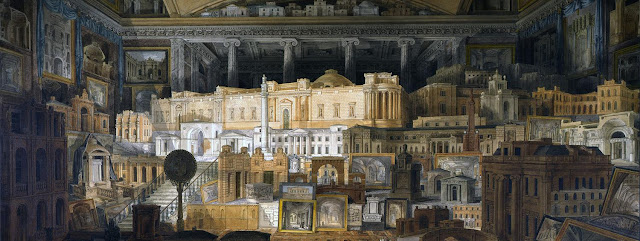Cabinet of Curiosity Studio are amongst five artists
who have been commissioned to create new work for an exciting and ambitious project
focused on clean air and sustainable living in the Tees Valley. Viewpoints will include sculptures, installations and artworks displayed across the Tees Valley during the run up to the Festival of Thrift weekend. We will be creating an
architectural installation 'Green House' that will showcase contemporary fabrication
techniques using materials that reduce toxicity in the home and will
contain a living environment of plants that possess the most effective
air cleaning properties.
 |
| Victorian Wardian Case |
Our Green
House installation will be located within Darlington Market, a Victorian
covered market designed by architect Alfred Waterhouse, designer of the Natural History Museum in London. The design process for this commission has involved
researching garden architecture of the Victorian era, with a focus on
greenhouses, conservatories and wardian cases, some of which are
decorative structures influenced by Eastern architecture, art and design.
 |
| Window in the Ise Katagami Museum in Japan that shows a variety of katagami Japanese stencil patterns | | | | |
Japanese katagami stencils, used within
the printing process of creating textile patterns for kimonos, were a significant influence on the arts and crafts movement of the Victorian era. Victorians expressed
these nature-inspired patterns through Western industrial innovations and materials, such as the cast iron architecture that typifies Victorian train stations and Darlington market. Laser cutting fabrication provides the opportunity to explore
these patterns on an architectural scale using digital crafts and contemporary
materials.
 |
| Thomas Heatherwick early design work: a pavilion using birch plywood for the structure |
We were interested to discover that Thomas Heatherwick explored Victorian-era gazebos in his early design work. He was interested in applying the ideas and craftsmanship usually
devoted to small objects to the larger scale of a
building. He also wished to explore architectural forms that were compact enough to build
himself before designing a pavilion that demonstrates how small scale architecture offers opportunities for designers to experiment with their techniques and materials.





Comments
Post a Comment